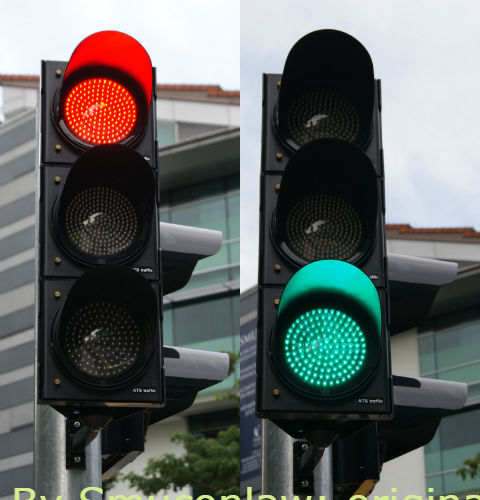There are now many types of anti-cancer drugs that target the immune system, including those that override the immune system’s natural regulatory processes. These processes function as the brakes on the immune system. The FDA-approved immune checkpoint inhibitors are Keytruda (pembrolizumab), Opdivo (nivolumab), Tecentriq (atezolizumab), and Yervoy (ipilimumab). Several investigational drugs [MK-4166, GWN323, MS-986156, INCAGN01876, and TRX-518] function as agonists (activators) that limit the amount of immunosuppressive T cell populations through overstimulation. These agonists remove a brake on the immune system. None of the current strategies specifically enable activation of the T cells that only recognize the cancer cells.

Each of these therapeutic approaches overrides the body’s natural brakes on the immune system that prevent overactive effector T cells from causing autoimmunity or excessive inflammation and tissue damage (Figure 1). Indeed, a study of immune checkpoint inhibitors (Keytruda or Opdivo) in lung cancer, kidney cancer, or melanoma (skin cancer) patients showed that more than half of the patients experienced severe immune-related adverse effects after receiving a flu vaccine. Thus, their application needs to be limited to those patients most likely to respond. A lack of understanding of the complexity of the immune system and how cancer affects the immune system makes predicting responsive patients difficult.
In addition to signals that limit T cell activity, full activation of cytotoxic T cells (the ones that kill cancer cells) requires two simultaneous signals: (i) engagement of the T cell receptor (TCR) and (ii) engagement of another co-receptor that provides the “costimulatory” signal. Further complexity arises because some of the proteins involved in an immunosuppressive response in one context can produce a costimulatory response in another.
More research into this complexity should enable the development of additional immune-targeted therapies for cancer, autoimmune disease, and diseases associated with impaired immune function. For the cancer patient, these studies will also help identify the patients most likely to respond and also prevent patient exposure to the potentially severe immune-related side effects of immunomodulatory drugs.
The next commentary posts describe new insights into the mechanism of action of immune checkpoint inhibitors and inhibitors of regulatory T cells. These two approaches provide examples of the complexity in selecting a molecular target and whether the drug should inhibit or enhance protein function.
Read the next commentary article in this series:
Understanding Immune Checkpoint Pathways to Improve Patient Response
Related Reading
Keytruda, NCI Drug Dictionary (accessed 22 May 2017).
Opdivo, NCI Drug Dictionary (accessed 22 May 2017).
Tecentriq, NCI Drug Dictionary (accessed 22 May 2017).
Yervoy, NCI Drug Dictionary (accessed 22 May 2017).
INCAGN01876, NCI Drug Dictionary (accessed 22 May 2017).
MS-986156, NCI Drug Dictionary (accessed 22 May 2017).
GWN323, NCI Drug Dictionary (accessed 22 May 2017).
MK-4166, NCI Drug Dictionary (accessed 22 May 2017).
R. Zappasodi, Y. Li, M. Abu-Akeel, J. Qi, P. Wong, C. Sirard, M. Postow, D. A. Schaer, W. Newman, H. Koon, V. Velcheti, M. K. Callahan, J. D. Wolchok, T. Merghoub, Intratumor and peripheral Treg modulation as a pharmacodynamic biomarker of the GITR agonist antibody TRX-518 in the first in-human trial. AACR Annual Meeting 2017 http://www.abstractsonline.com/pp8/#!/4292/presentation/12335
ELCC 2017: Patients with lung cancer treated with PD-1/PD-L1 checkpoint inhibitors may experience adverse events after influenza vaccination. The ASCO Post (27 April 2017).
Cite as: N. R. Gough, Overriding the Immune System’s Brakes without Crashing. BioSerendipity (22 May 2017). https://www.bioserendipity.com/2017/05/22/understanding-the-complexity-of-cancer-immunotherapy/.

